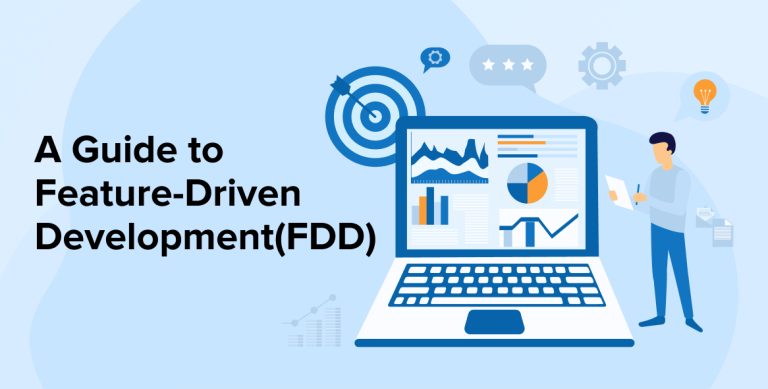
In today’s time, when there is high competition in the software development world, every organization tries to offer the best software product to their clients, and for this, software engineers use agile methodologies that can not only help streamline the agile software development process but also offer collaboration between the team members. One of the widely used agile frameworks nowadays is feature-driven development (FDD).
The FDD method is a part of agile frameworks and it focuses on organizing software development approaches around software product features. Here features not only mean the features of the application but are also similar to user stories in the Scrum framework.
To know more about feature-driven development, what are the stages of it, and its advantages, let’s go through this blog.
1. What is Feature Driven Development? (FDD)
Feature-driven development (FDD) is a popular Agile framework used by custom software development companies to make processes on features. This means that it mainly focuses on creating software with varied features to satisfy the client’s requirements.
Feature-driven development approach is iterative, customer-centric, and incremental. FDD comes with the aim of delivering software solutions that are tangible and can offer efficiency. With the help of a feature-driven approach in development, software engineers can update the software development project regularly by analyzing and identifying errors quickly. Besides this, in Agile frameworks, FDD is very beneficial as it encourages status reporting at every level of software development which eventually helps developers to track the project’s progress and results.

FDD allows the clients of the software development companies to check the provided information and substantial results anytime. Development teams widely use this method to reduce the two difficulties of the development process – confusion and rework.
2. History of Feature-Driven Development (FDD)
Jeff De Luca, expert modeler Peter Coad, and their teams developed and refined Feature Driven Development. The FDD approach was first applied in 1997 on a project for a Singapore bank. The product on which this concept was implemented took 15 months to complete with the help of 50 people. After its development, a second project that involved a 250-person team utilized this approach, completing the project in 18 months.
And since then, it has become a pragmatic approach used for complex projects which can go on for a long term. It becomes an essential development process used to develop a unique project. Being a simple but comprehensive methodology, it has become very popular since its occurrence.
Though Scrum and other agile frameworks are more recognized by software developers, feature-driven development has become a better option for software engineers if they are looking for a methodology that is structured and Agile-based. This approach can be scaled across the product organization in order to deliver the desired outcomes.
3. How is FDD Different from Scrum?
The feature-driven approach of development is related to Scrum, but as the name suggests, it is a method that focuses on features that are different from a delivery-focused approach. In the FDD method, features serve as the foundational piece, akin to what users signify in the Scrum approach.
Besides this, when it comes to feature-driven methodology, it values documentation more than other approaches like XP or Scrum. This is the main difference between these methods. In addition to this, when it comes to Scrum, the software development teams work collaboratively and meet on a daily basis but in FDD, the teams rely on project documentation to communicate. Another major difference between FDD and Scrum is that in the FDD approach, the actual user is known as the end-user while in Scrum, the product owner is known as the end-user.
4. Members of the FDD Team
Here is the list of the FDD modeling team members:
- Project Manager: This person is responsible for the entire project. The project manager oversees all the processes of it.
- Chief Architect: The person who is in charge of the overall modeling and designing of the project. The chief architect of any FDD project works with other developers in the software development life cycle planning phase.
- Development Manager: The expert-assigned manager position mentors and leads the entire software development team, taking responsibility for overseeing the day-to-day activities conducted by the programmers.
- Chief Programmer: He is the person who helps with analyzing and designing all the development phases. Chief programmers manage small development teams.
- Class Owner: The individual who is a class owner is a member of the smaller development teams that are managed by chief programmers. Class owners are responsible for developing, designing, testing, and documenting the features of the project.
- Domain Expert: The person assigned a domain expert role in the project is responsible to understand the problems faced by the customers and solve them. The software developers of the team rely on the domain expert’s knowledge for working and delivering the services to the clients.
5. Stages of Feature-Driven Development (FDD)
After learning everything about feature-driven development and the members included in the FDD team, let’s go through the steps of its development process:
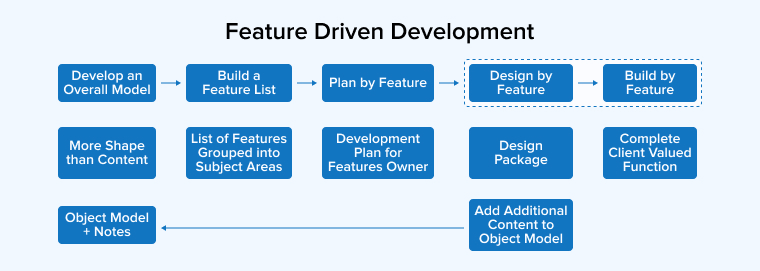
5.1 Develop the Overall Model
The very first step in FDD is where the developers write the outline to define the domain model and the business problem of their client’s project. Domain object modeling involves research and explanation in order to completely resolve a problem. Here, everything that needs to be addressed in software development is specified. The software developers work closely with the chief architect to specify the scope and context of the system. Here, the experts try to merge multiple domain models into one overall model.
5.2 Build a Features List
After defining the overall model of the project, the next step is to create a list of all the features required in the project. This is similar to the scrum product backlog. Here, the software development experts sit together to identify the features that are important for the client and end-users. Here, the features of the project are defined as results, objects, and actions. The feature teams strive to develop the specified functionalities within a two-week timeframe. If any functionality requires more than two weeks for development, the team breaks it down into smaller features.
5.3 Plan by Feature
The next thing to do in the FDD process is to specify the order in which the features will be developed and implemented in the project. Here factors like dependencies, potential risks, team & individual workload, and others are considered to be ready for any obstacle that can hinder feature development. After considering all these factors, the feature sets are assigned to the developers who are capable of developing them within the specified time.
5.4 Design by Feature
The chief programmer of the project specifies which feature of the product will be created and designed in a two-week iteration. This individual is also responsible for defining the priorities and choosing the developers who will be working on the prioritized features. In this stage of FDD, the entire development team must complete the design review.
5.5 Build by Feature
The last and final step after designing the features is creating them. Here all the approaches and items that are required to support the design of the features are implemented. For feature design, the user interface is designed, and a software prototype is created & tested. This means that the designed functionalities by the feature team pass the test, and the completed version of that feature is added to the main coding part of the project. And then it is deployed for the clients to use it.
6. Pros of Feature-Driven Development
Here are some of the potential benefits of using feature-driven development methodology:
6.1 Early and Frequent Delivery
With the help of FDD, software development companies can deliver working software to clients as quickly as possible. This enables the customers to check the progress of their projects and give feedback at the early stage of the software development process which can eventually help in ensuring that the product developed meets the client’s requirements.
6.2 Focused Scope
This approach focuses on delivering incremental and small features of the project. This enables the software development teams to focus on a well-defined scope of the project and reduce the risk of scope creep in order to keep the product development on track.
6.3 Increased Flexibility
Feature-driven development is an agile-based method, allowing developers to design the application with flexibility when they choose to use this process. Besides this, it also offers responsiveness which means that the developers can cope with changing priorities and requirements. This also helps ensure that the development team can adapt to changing situations and offer the product as per the client’s requirements.
6.4 Improved Communication
FDD comes with a strong emphasis on communication and collaboration between the software development teams. This not only helps in improving the workflow of the project development but also shares the information between team members to make sure that everyone works on the same ground to achieve a common goal.
6.5 Better Project Management
The feature-driven methodology for software development enables developers to concentrate on delivering a project by emphasizing effective project management practices such as iterative development. This ensures that the created project remains on track and meets the expected objectives.
7. Cons of Feature-Driven Development
Here are some of the drawbacks that come along with the usage of feature-driven development methodology:
7.1 Limited Control
FDD emphasizes delivering small features which can sometimes limit the developers’ control of the entire product. This can affect the development process and make it difficult for the developers to deliver desired goals.
7.2 Complexity
When a software development company is using FDD, it can become more complex for them compared to other agile methods, as it involves following well-defined small steps in order to deliver the features of an application. This approach makes it difficult for software engineers to understand and adopt FDD.
7.3 Dependencies
FDD is a method that completely relies on the delivery of small features to make progress. However, this concept can create dependencies between features, impacting the scheduling of the entire project delivery. The delay occurs when one feature takes a significant amount of time to develop.
7.4 Time and Resources
Though FDD follows agile methodologies, unlike other agile frameworks, it requires a significant investment of resources and time to deliver the product successfully. And for that, it comes with an approach that creates a series of small and incremental development cycles which can take a lot of development time.
7.5 Limited Visibility
Feature-driven development method focuses on delivering incremental features which means that it can take time and make it difficult for the entire project to progress and this makes it tricky for stakeholders to understand the direction of their project.
8. Conclusion
As seen in this blog, a feature-driven development model works best when the company is large and has to tackle complex and large processes. Unlike other agile methodologies, FDD is an approach that is designed to grow the client’s organization and create projects in a way that offers long-term benefits. Besides this, it enables the developers to create new features and focus on them to help address customer requirements.


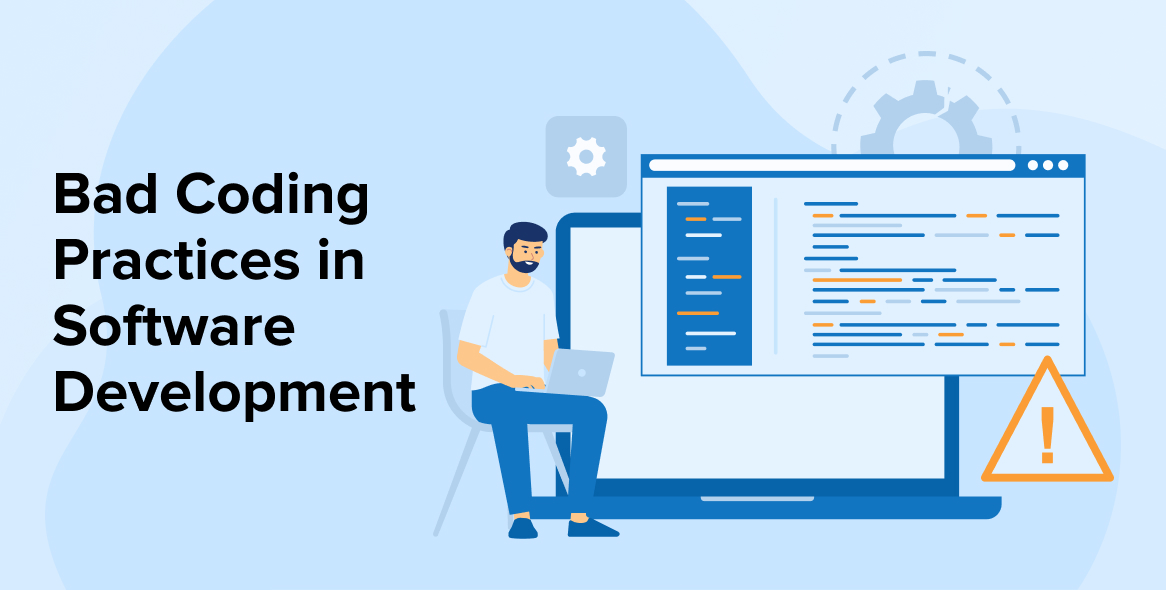
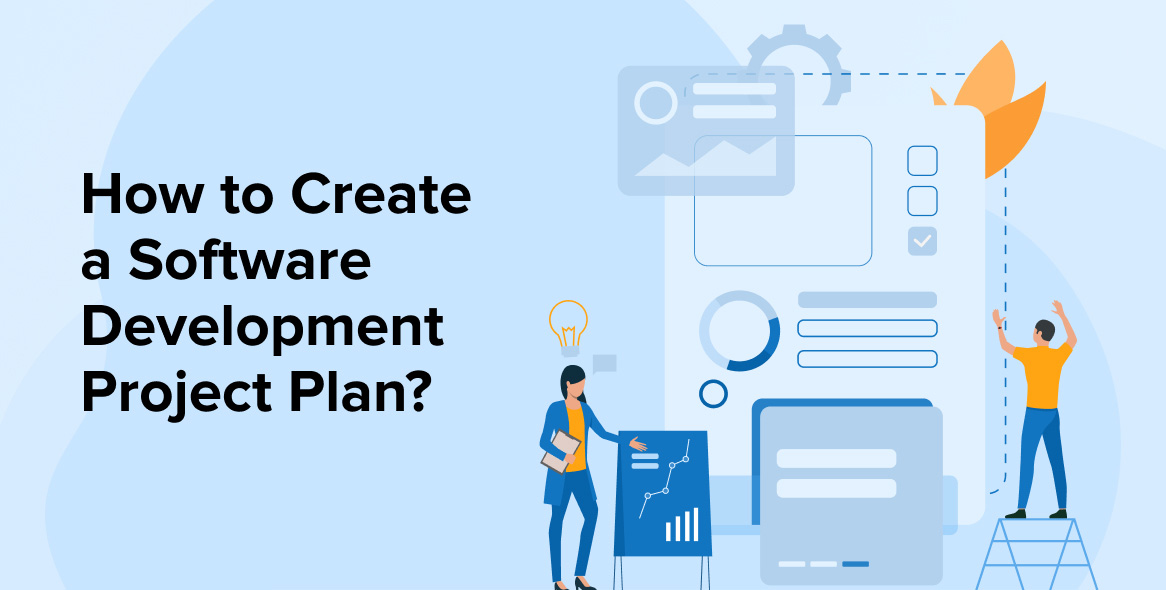
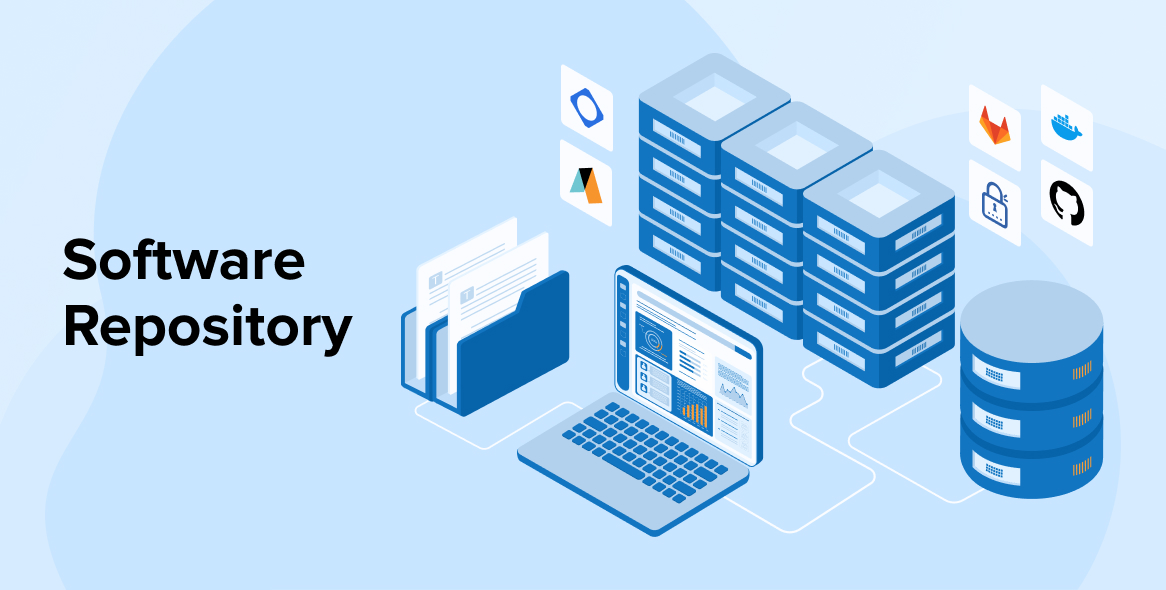

Comments
Leave a message...